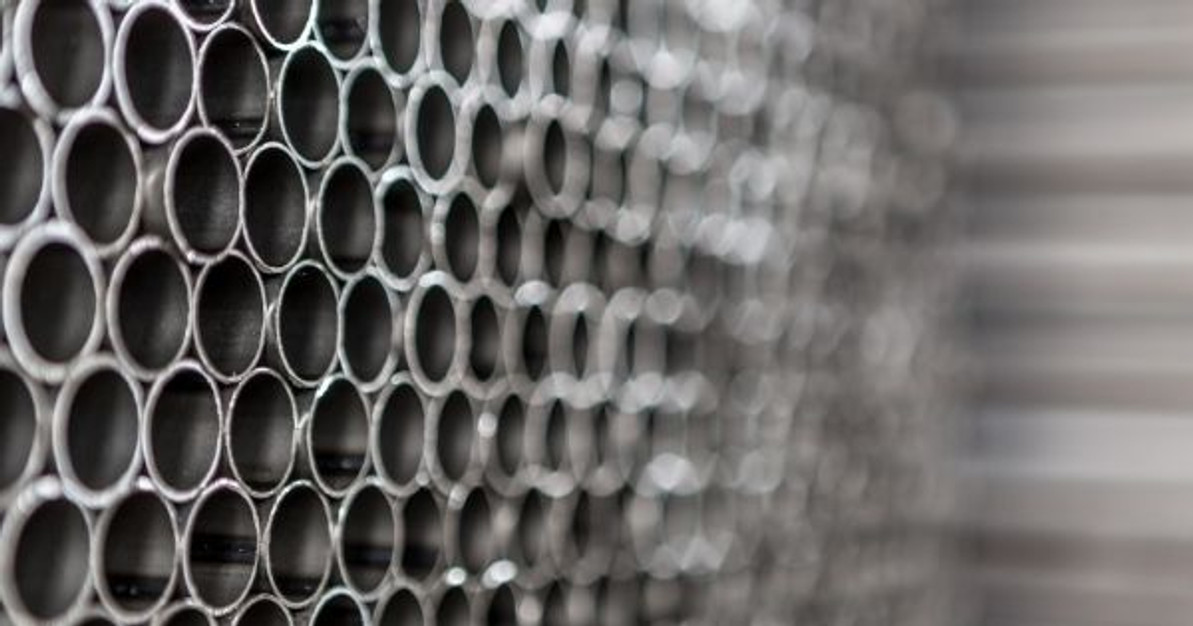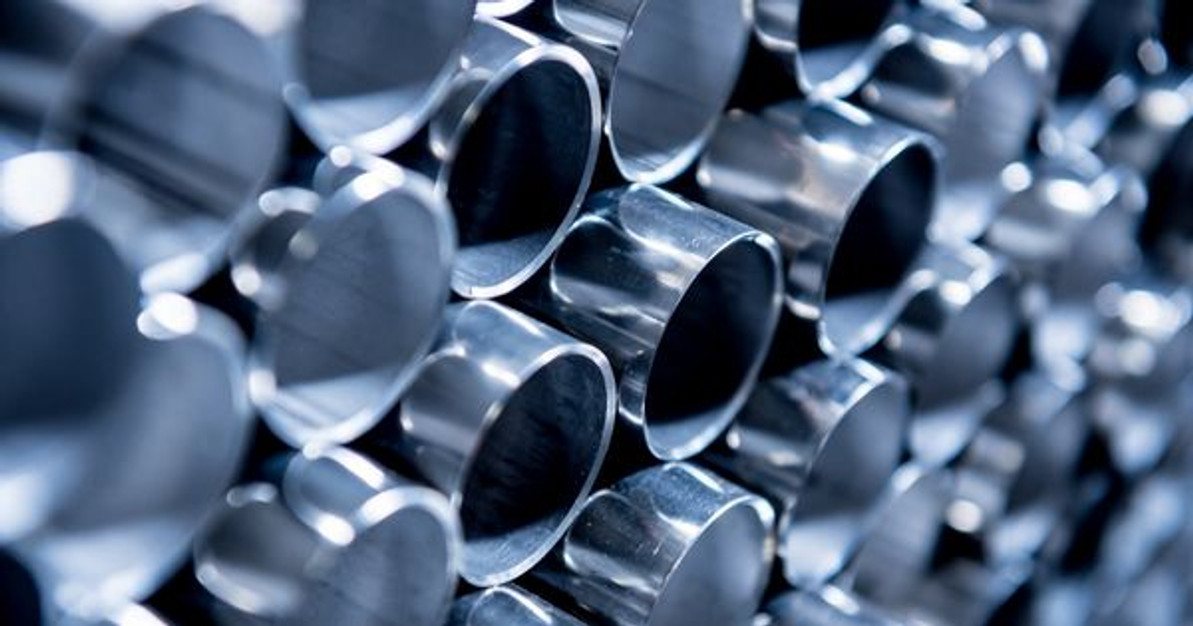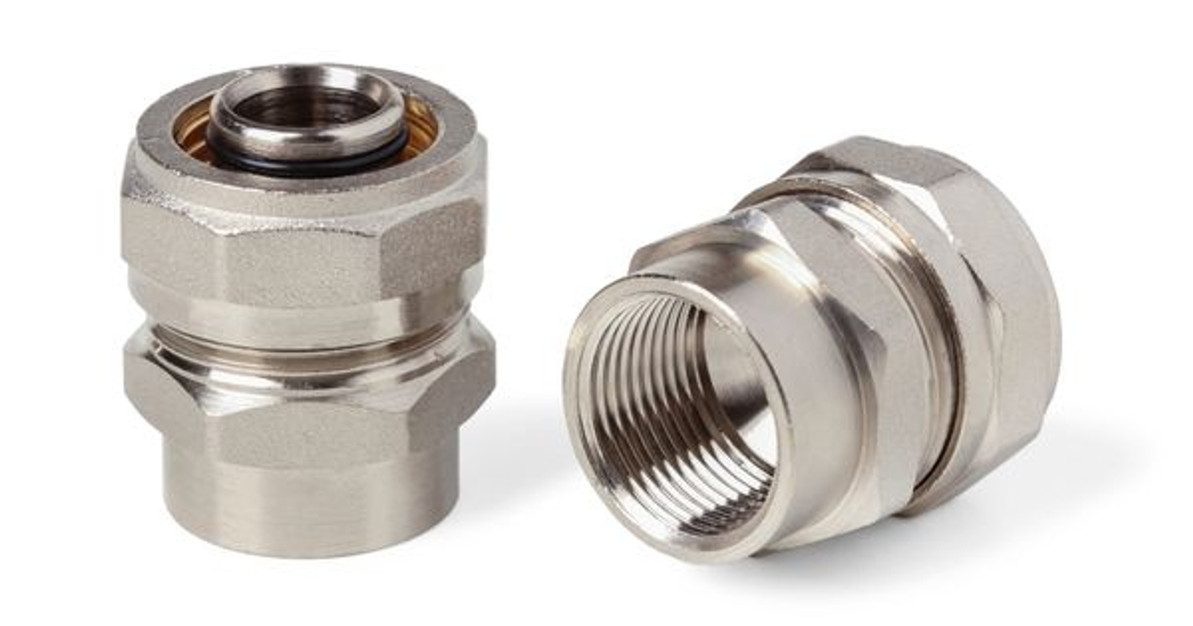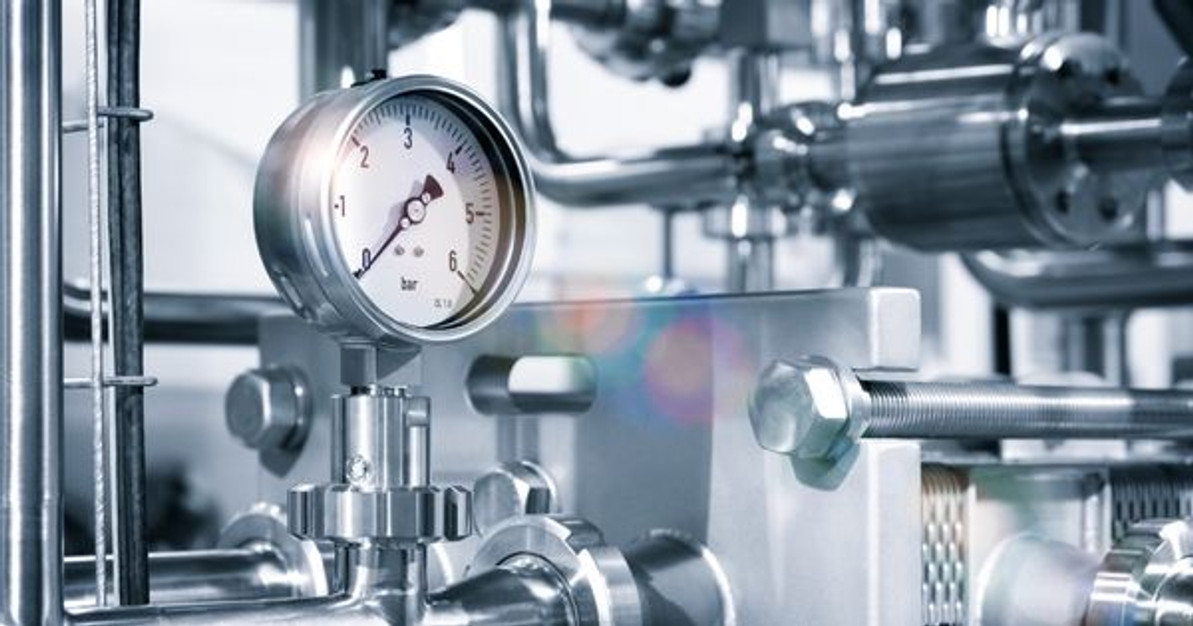 Jun 7th 2022
Jun 7th 2022How Seamless Stainless Steel Tubing is Made
Stainless steel is one of the most versatile and sanitary metal alloys available on the market, so it’s no wonder that stainless steel tubing is always in high demand. That being said, there are technically two kinds of tubing—welded and seamless tubing. Most people are less familiar with seamless tubing, so let’s explore how seamless stainless-steel tubing is made, its benefits, and its applications.
Tubing vs. Piping
The terms ‘tubing’ and ‘piping’ are often used interchangeably when talking about sanitary pipe fittings and valves, but there is a distinction. Tubes are measured by the outside diameter and wall thickness because they’re primarily used for aesthetic and structural purposes. Pipes, on the other hand, are measured by their inside diameter because pipes are used specifically for transporting liquids and gases.
Manufacturing Process
As suggested by the name, seamless tubing does not have a visible welding seam; it is perfectly smooth and rounded. Instead, seamless stainless steel tubing is made through an extrusion process where the tube is drawn from a solid stainless steel billet and extruded into a hollow form. The billets are heated and then formed into oblong circular molds that are hollowed in a piercing mill. While they’re still hot, the molds are drawn through a mandrel rod and elongated. This increases the length of the mold by twenty times to form the seamless tube shape. The tubing is then further shaped through a process called pilgering, which is a cold rolling process, or cold drawing.
Because the process of creating seamless tubes is so much more involved, they can be a bit more expensive and harder to provide in bulk than welded tubing.
Benefits and Applications
So why choose seamless tubing at all? Well, by its very nature, seamless tubing is homogenous and, as a result, is stronger and possesses superior corrosion resistance than welded tubing. Seamless tubing can also withstand higher pressures, which is crucial to consider for harsh environments.
Some examples of seamless tubing applications include:
- Oil and gas control lines
- Fluid and gas transfer
- Below sea safety valves
- Chemical injection lines
While aesthetically pleasing and ideal for architecture, seamless tubing is also the go-to choice for many industrial applications thanks to its reliability and durability.
 Jun 7th 2022
Jun 7th 2022Recent Posts
-
Nov 7th 2022
What Is Food-Grade Stainless Steel Tubing?
Businesses that produce food and beverage products must operate hygienically. Sterile environments a …Nov 7th 2022
-
Oct 11th 2022
Why Sanitary Fittings Are Important for the Medical Industry
Sanitary fittings are useful for many industries. Food and beverage manufacturers have used these to …Oct 11th 2022
-
Sep 23rd 2022
What Is the Max Operating Temperature for Stainless Steel?
Stainless steel is valued in many industrial applications because it’s capable of withstanding high …Sep 23rd 2022




